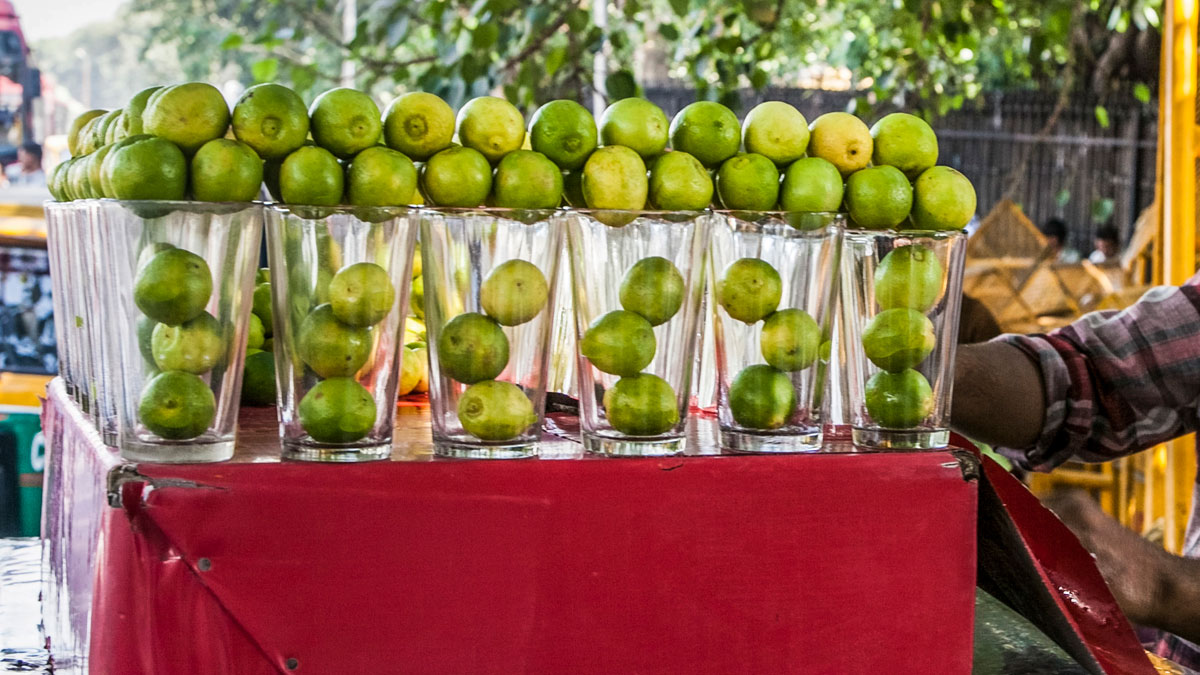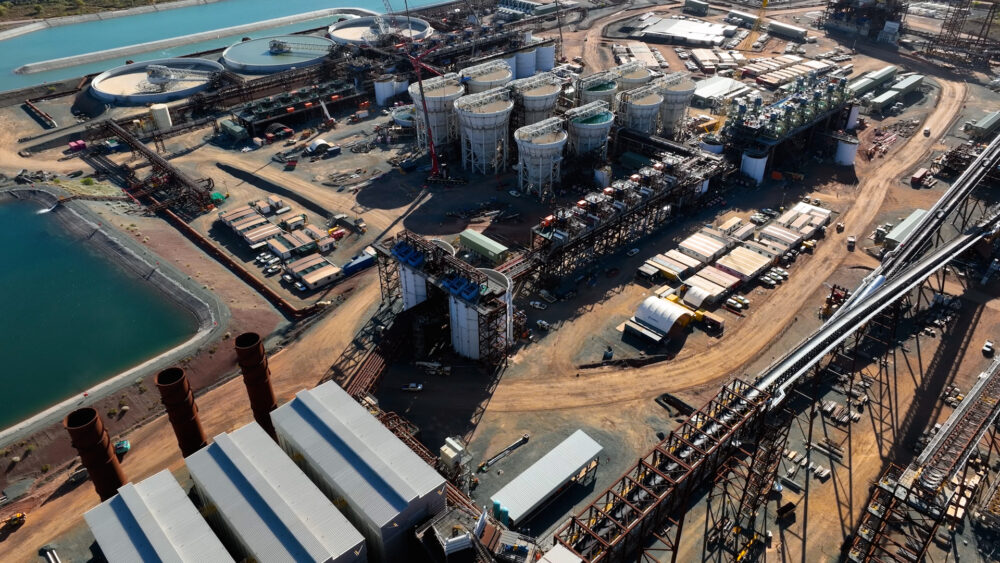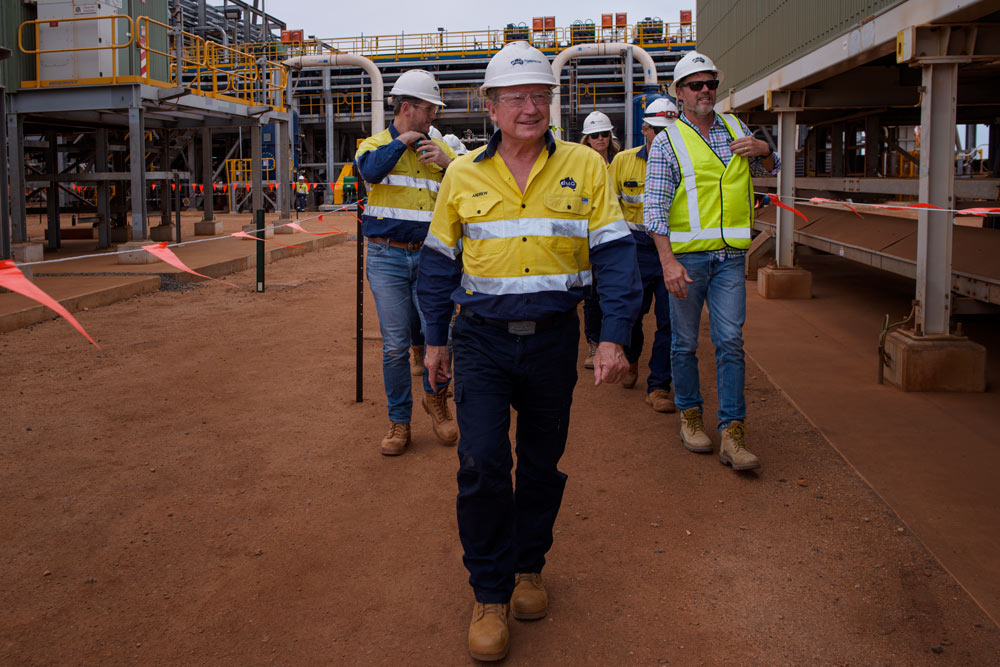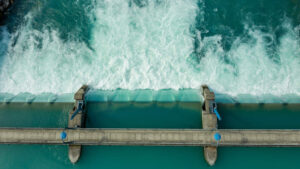‘We need at least 350 million tons’: Who’s going to feed the emerging green steel thematic? These ASX explorers

Picture: Getty Images
Around 70% of the world’s steel is still made in coal-fired blast furnaces which pump out two tonnes of CO2 for every tonne of steel produced, accounting for ~7% of global greenhouse gas emissions.
A sizeable number.
Emissions from steel must be reduced by 50% by 2050 and then continue to fall, to meet the world’s climate goals, according to the International Energy Agency (IEA).
To meet these emissions targets we need ‘green’ steel production, which replaces fossil fuels in steel manufacture with hydrogen and other renewable energy sources.
Analysts at Wood Mackenzie say a major shift in the way steel is produced will spark a major uptick in demand for “DR (direct reduced) grade iron ore”.
Only high grades of iron ore with low impurities in the form of DR pellets — which attract a big premium over the benchmark price — can be used in that crucial process.
The current market for this type of iron ore is around 100-125Mtpa.
It will need to grow between 5-5.5x to a barely fathomable 750Mtpa (around half of the total seaborne market currently) by 2050 in a 1.5C scenario.
“We need at least 350 million tons of new high grade ore (over and above current planned supply),” WoodMac head of steel and raw material markets Malan Wu told Stockhead last year.
“So that means the miners need to invest about US$250-300 billion, including creating zero carbon mines to combat their scope one and two emissions, developing high grade mines and setting up the pellet plants to feed growing steel.”
Magnetite: the high grade solution
Magnetite & green steel can save the future of the global steel industry
The journey to net zero emissions in steel production can only occur by using high-grade magnetite & scrap steel in electric arc furnaces. With ‘green’ hydrogen as the reductant, the only output is H2O. pic.twitter.com/LfyFhYpOA9— Macarthur Minerals (@macminltd) February 1, 2022
Most high grade producers process and upgrade magnetite iron ore.
This material is lower grade in the ground than hematite, but unlike these standard Pilbara ores can be upgraded to a super rich 66% product or above.
Currently, magnetite production is nowhere near the levels required for this transition to cleaner steelmaking processes – yet.
That’s why there’s a string of explorers –and some major producers — looking to develop magnetite mines to meet future demand for green steel.
Let’s get mining then
Fortescue Metals Group (ASX:FMG) has battled a series of setbacks at its Iron Bridge magnetite development but, despite blowouts in its schedule and cost to ~US$3.9 billion, the lure of producing 22Mtpa of 67-68% magnetite concentrate that would garner super premium prices has seen it stay the course.

First production at this technically complex project was achieved in May, with first shipment planned for this month.
“Iron Bridge will lead the way for a successful magnetite industry in Western Australia and is a game changer for not only Fortescue, but the wider iron ore industry,” Twiggy Forrest said.

Other majors are following. MinRes (ASX:MIN) is considering transforming its high cost Yilgarn iron ore hub from a hematite to magnetite operation, while Gina Rinehart’s Hancock Prospecting has revived studies on a magnetite project in the Pilbara and taken the lead in a JV to study a marooned magnetite project with juniors Legacy Iron Ore (ASX:LCY) and Hawthorn Resources (ASX:HAW).
Which junior ASX stocks are next in line?
Behind FMG are also a handful of advanced juniors, located in Australia and overseas.
Cyclone says its Block 103 magnetite project in Canada, which can produce 69.5% Fe concentrate, is the largest undeveloped magnetite resource in the world.
The project is nestled in the Labrador Trough, one of the largest iron ore belts in the world which hosts 99% of Canada’s iron ore production.
“Block 103 is only ~20km away from heavy haul rail – hugely important for transporting bulk tonnage,” Cyclone CEO Paul Berend says.
“We also have a very soft ore, almost three times softer than ore from the Pilbara, which means that the grinding costs are kept down.
“Combine this with a low 0.4% stripping ratio and access to plentiful renewable energy in the form of nearby hydropower and you’ve got an extremely economic mine model.”
MGT’s Razorback magnetite iron ore project in South Australia is a monster, with the stock initially requiring ~$665m for the Stage 1, 3Mtpa development announced in the 2021 PFS.
But this has since changed. Optimisation studies looking at a larger scale, 5Mtpa development released in June have strengthened project economics, the company says. Key numbers include:
- CAPEX: $US1-$1.3bn;
- OPEX: US$46-$55/t;
- 91-year mine life;
- and an estimated US$41/t price premium over the 62% fe benchmark grade.
“South Australia is fast emerging as a desired Tier 1 location for regional steel producing nations to establish ‘green iron’ hubs based on proximity, existing infrastructure, stable regulatory environment, mandated 100%-renewable energy, emerging green hydrogen availability and abundant potential for high-grade magnetite concentrate production,” CEO Tim Dobson says.
“Within this transition, Razorback is ideally positioned at the front of the pack of next generation magnetite producers.”
MAGNUM MINING & EXPLORATION (ASX:MGU)
MGU recently inked a Memorandum of Understanding (MOU) with Mitsubishi for the offtake of all products from proposed operations at the advanced Buena Vista green iron project (232Mt @ 18.6% Fe and 22.6% DTR) in Nevada.
The MOU covers all products from the project including Direct Shipping Ore (DSO), iron concentrate, HIsmelt-produced pig iron and slag, all steel plant wastes, and excess biochar.
The company — which has surged ~150% over the past month — is now working to bring “the project into production as quickly as possible“.
Meanwhile, its recently acquired Appalachian green iron project in West Virginia now has US Government support, with the project submitted by US Senator Joe Manchin as a Congressionally directed spending request to the appropriations committee.
Congressionally directed spending allows federal lawmakers to direct resources toward constituent priorities and regional needs.
In this case, MGU is trying to get cash for applied research related to the project, which is designed to produce net zero carbon green steel.
IRD’s main game is the Central Eyre Iron Project (CEIP) in South Australia; a 5Bt coarse-grained magnetite orebody capable of delivering 589Mt of iron concentrate at a grade of 67% fe.
The ambitious junior is also trying to build a mammoth multi-use port nearby called Cape Hardy, where it owns 1,207 hectares of gulf-side land.
Iron Road continues to engage with potential strategic partners, it says.
“Increasingly, discussions centre around direct-reduced iron (DRI) ore products to be mined and beneficiated from the CEIP Ore Reserve.
“The global iron ore mining and steelmaking industry expects that DRI is likely to remain the most viable mid-term solution for progressively reducing Scope 3 industry emissions.”
HIO was smacked by the market October last year when it announced plans to slow work on a project bankable feasibility study (BFS) on its namesake project due to “escalating global costs and deteriorating economic conditions”.
A review completed earlier this month supported the restart of a modified BFS for an 11 Million tonne per annum (Mtpa) project, it says.
Formerly known as Carpentaria Resources, Hawsons owns the deposit of the same name near the historic mining town of Broken Hill in NSW.
Hawsons boasts a maiden probable reserve 755Mt at 14.7% Davis Tube Recovery grade, it says, which could be upgraded to 111Mt of “Supergrade” 70% magnetite concentrate.
A PFS was released in 2017 estimating it would cost US$1.4 billion to deliver a project shipping 10Mtpa at an all-in FOB cost of US$48.03/dmt.
According to a feasibility study released March last year, the flagship Lake Giles project in WA would produce 3mpta of high-grade concentrate over a 25-year life.
The giant magnetite project will cost ~$800m to build.
MIO is forecasting a post-tax NPV of $US315m and IRR of 13%, based on a long-term China sales price of $US131.40/t for its 66.1% Fe concentrate product.
While Cyclone Metals is a Stockhead advertiser at the time of publishing, it did not sponsor this article.
This article does not constitute financial product advice. You should consider obtaining independent advice before making any financial decisions.
Related Topics
UNLOCK INSIGHTS
Discover the untold stories of emerging ASX stocks.
Daily news and expert analysis, it's free to subscribe.
By proceeding, you confirm you understand that we handle personal information in accordance with our Privacy Policy.








